
Khan al-Assal (Syrie) (AFP)
Des combattants rebelles et des civils évacués d'Alep-Est sont
regroupés dans une zone contrôlée par le régime à Khan al-Aassal (ouest
d'Alep), le 16 décembre 2016: photo by
AFP, 16 December 2016

It's not the Judgment day, Those thousands of people waiting to be evacuated from #Aleppo: image via Ahmad Alkhatib @AhmadAlkhtiib,18 December 2016

It's not the Judgment day, Those thousands of people waiting to be evacuated from #Aleppo: image via Ahmad Alkhatib @AhmadAlkhtiib,18 December 2016

It's not the Judgment day, Those thousands of people waiting to be evacuated from #Aleppo: image via Ahmad Alkhatib @AhmadAlkhtiib,18 December 2016

photos of the injured waiting for evacuation from east Aleppo - @omaralsory641: image via Stork @NorthernStork, 18 December 2016

photos of the injured waiting for evacuation from east Aleppo - @omaralsory641: image via Stork @NorthernStork, 18 December 2016

Breaking: After 9 Hours of Waiting, Several buses and 2 ambulances moving from #Aleppo toward the West countryside of #Aleppo: image via Ahmad Alkhatib @AhmadAlkhtiib, 18 December 2016

SYRIA - Buses drive through gov-controlled crossing of Ramoussa in
Aleppo during evacuation operation of rebel's area. By George Ourfalian:
image via Frédérique Geffard @fgeffardAFP, 18 December 2016
Aleppo deal stalls again after evacuation buses attacked and burned: Vehicles set on fire going to Kefraya and Fua, where villagers were to be allowed to leave in exchange for Aleppo evacuation: Martin Chulov in Beirut for The Guardian,
A deal to free east Aleppo’s remaining civilians in exchange
for sick and wounded people from two pro-government villages stalled
again on Sunday after six buses sent to evacuate the loyalist areas were
stopped and set ablaze.
The buses were intercepted in an area under the control of
Jund al-Aqsa, a jihadi faction aligned to the Syrian opposition. The
deal to partially lift a siege of the villages, Fua and Kefraya, had
been opposed by the al-Qaida-inspired Jabhat Fateh al-Sham, which was
largely responsible for a three-year siege of the majority-Shia
enclaves.
Sabotage attempts have turned an urgent evacuation of up to
40,000 trapped civilians into a protracted series of negotiations, which
allow trickles of refugees to leave before breaking down again. Late on
Sunday night, however, there were reports from a senior UN official and
the UK-based Syrian Observatory for Human Rights that some buses from
rebel-held areas carrying evacuees had been allowed to leave the city.
Iran and the Syrian regime have been determined to use the fate of east Aleppo
to settle accounts with the opposition elsewhere in the country, while
jihadis who influence parts of the rebel movement have delayed the
process to win concessions as their grip on northern Syria steadily
slips.
Fua and Kefraya have been key bargaining chips throughout the conflict. Both have been besieged, but not with the same result as east Aleppo. For the past 18 months, Iran has tried to broker a deal with the powerful Islamist militia Ahrar al-Sham which would allow the remaining villagers to be relocated to Zabadani and Madaya, between Damascus and the Lebanese border.
In
return, Sunni residents of those towns would be sent to Fua and
Kefraya, as part of a population swap that would change the geopolitics
of the region and help build a Shia presence from the suburbs of
Damascus into Lebanon’s Bekaa valley, and beyond to southern Lebanon.
The population swaps were not part of the original terms of
the Aleppo evacuation deal, which were brokered between Russia and
Turkey. However, soon after the deal was announced early last week, Iran
made a series of its own demands.
In addition to the relocation of sectarian groups, Iran demanded the bodies of slain militia fighters that it had sent to Syria,
including members of Hezbollah in Lebanon, and Iraqi militias. It also
demanded information about any fighters that had been taken prisoner.
The chaos surrounding the evacuation deal underscores the
stakes, with east Aleppo in its death throes and the six-year war
beginning to lose steam for the first time. It also underlines how a
splintered opposition cannot control all the elements in the fight
against the Syrian leadership, even as tens of thousands of civilians
remain cornered, many of them in the open with little food in the depths
of winter.
A claim of responsibility was posted on social media,
purportedly by a jihadi front group, which spoke of the trapped Shia
communities in strident sectarian tones.
The Free Syria Army, an umbrella organisation of moderate
rebel groups, said: “The people who resisted in Aleppo are paying the
price of the irresponsible acts of a few. This was a reckless act
endangering the lives of more than 50,000 people. It is a crime and a
humiliation against our revolution and the resistance of the beseiged
Aleppo people.”
Meanwhile, diplomatic efforts to secure a lifeline to those
trapped in east Aleppo appeared to inch forwards after the UN security
council agreed a compromise draft resolution on UN monitoring of
evacuations. A vote will he be held on Monday, diplomats said.
“We
expect to vote unanimously for this text tomorrow at 9 am (1400 GMT),”
the US ambassador to the United Nations, Samantha Power, told reporters
after more than three hours of negotiations.
The Russian ambassador to the United Nations, Vitaly
Churkin, had earlier vowed to veto a French-drafted resolution, arguing
that it did not account for the preparation needed for UN officials to
be able to monitor evacuations.
Russia, which began air attacks on rebel-held territory in
September 2015 in support of the Syrian president, Bashar al-Assad, has
vetoed six security council resolutions on Syria since 2011.
“I think we have a good text, we agreed to vote tomorrow morning,” Churkin told reporters after agreeing the compromise draft.
The French-drafted resolution had asked for the UN to
“redeploy … humanitarian staff already on the ground to carry out
adequate, neutral monitoring, direct observation, and to report on
evacuations from besieged parts of Aleppo and protection of civilians
inside Aleppo”.
It also urged: “The evacuations of civilians must be
voluntary and to final destinations of their choice, and protection must
be provided to all civilians who choose or who have been forced to be
evacuated and those who opt to remain in their homes.”
The fate of more than 500 men who were detained inside
Aleppo, or arrested at checkpoints as they tried to leave remains
unknown, and rights groups have expressed serious fears for their
safety.
By some estimates, up to 80,000 people have left east Aleppo in recent days, most crossing into the regime-held west of the city. Around 8,000 people were evacuated to the north-west Aleppo countryside as part of the evacuation deal. Opposition fighters were among the first to leave the city. Such a move had been central to the drafted terms, but was also being seen by some of the trapped civilians as an abandonment.

تحضر الارهابين والمسلحين من بلدتي كفريا والفوعة للخروج بالباصات الخضراء إلى مناطق الإحتلال الإيراني بسوريا: image via @omaralsory641, 18 December 2016

#Fatih_Sham and Extremists protesters burned buses on the Way to evacuate Kafria-Fowa people And put #Aleppo people souls in Danger: image via Ahmad Alkhatib @AhmadAlkhtiib,18 December 2016

#Fatih_Sham and Extremists protesters burned buses on the Way to evacuate Kafria-Fowa people And put #Aleppo people souls in Danger: image via Ahmad Alkhatib @AhmadAlkhtiib,18 December 2016

#Fatih_Sham and Extremists protesters burned buses on the Way to evacuate Kafria-Fowa people And put #Aleppo people souls in Danger: image via Ahmad Alkhatib @AhmadAlkhtiib,18 December 2016
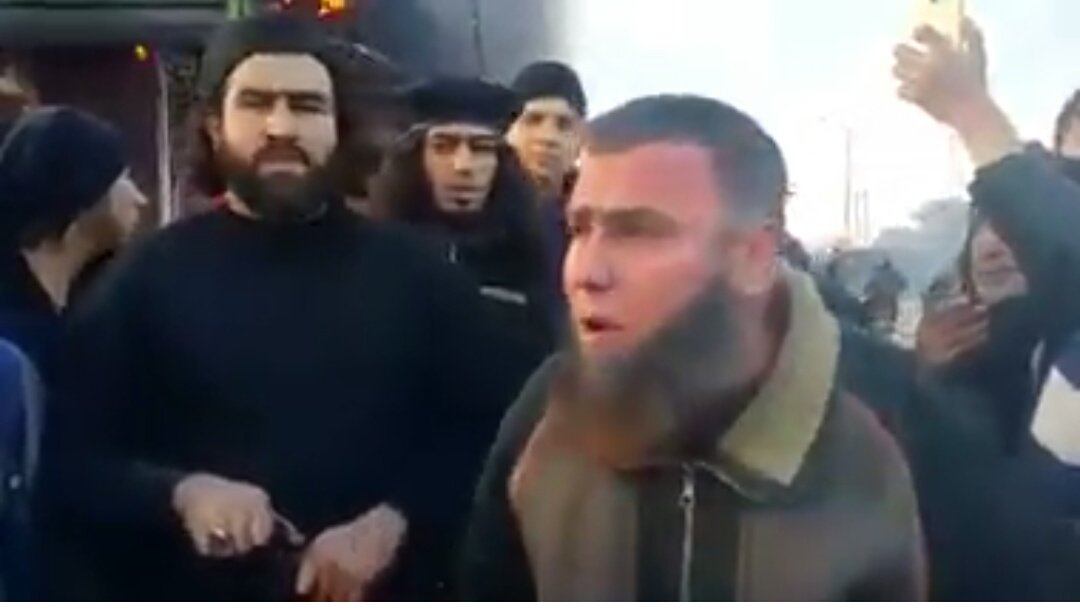
Emerging footage shows #JFS #JundalAqsa giving rousing speeches at site of #Fuah bus burning: image via Riam Dalatti @Dalatrm, 18 December 2016
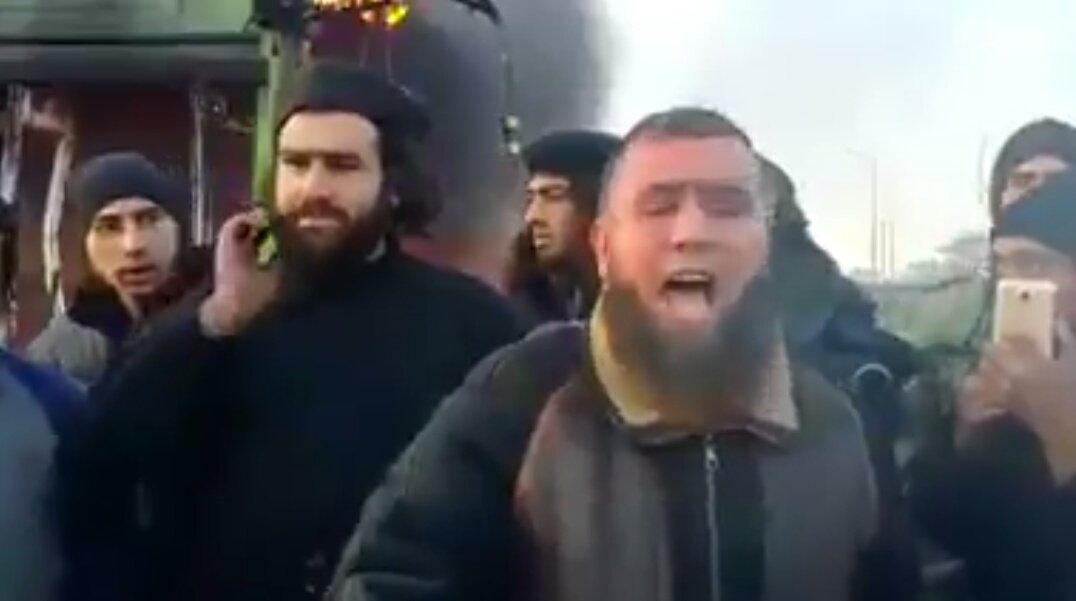
Emerging footage shows #JFS #JundalAqsa giving rousing speeches at site of #Fuah bus burning: image via Riam Dalatti @Dalatrm, 18 December 2016

Emerging footage shows #JFS #JundalAqsa giving rousing speeches at site of #Fuah bus burning: image via Riam Dalatti @Dalatrm, 18 December 2016
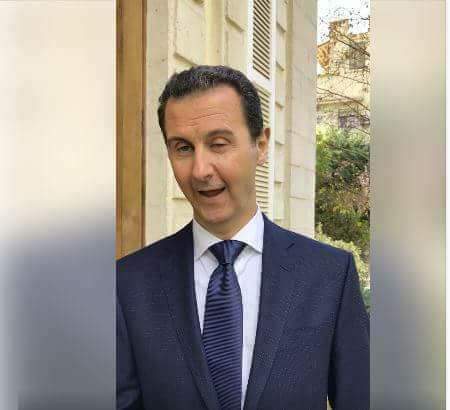
The puppet of Iran and Russia lectures on history making: image via Abdurahman @bdrhmnhrk, 16 December 2016
Jorge Guadalupe Lizárraga: Trees / Arboles
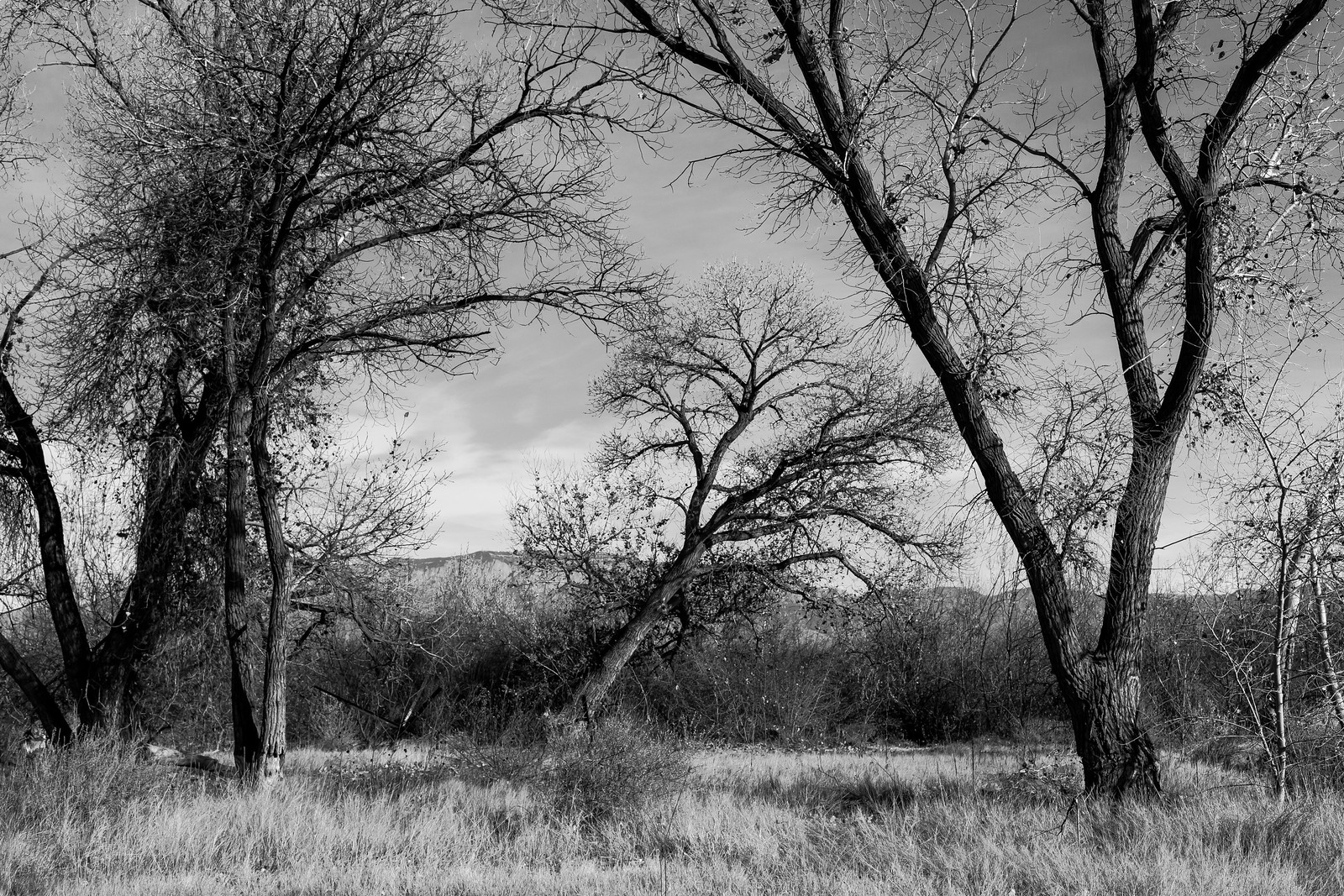
El Bosque. Albuquerque, New Mexico: photo by Jorge Guadalupe Lizárraga, December 2016

El Bosque. Albuquerque, New Mexico: photo by Jorge Guadalupe Lizárraga, December 2016

El Bosque. Albuquerque, New Mexico: photo by Jorge Guadalupe Lizárraga, December 2016

El Bosque. Albuquerque, New Mexico: photo by Jorge Guadalupe Lizárraga, December 2016

Hagg Lake, Scoggins Valley, Oregon: photo by Jorge Guadalupe Lizárraga, 17 January 2014

Mountain Green, Utah: photo by Jorge Guadalupe Lizárraga, September 2014

Mountain Green, Utah: photo by Jorge Guadalupe Lizárraga, September 2014

El Bosque. Albuquerque, New Mexico: photo by Jorge Guadalupe Lizárraga, December 2016

El Bosque. Albuquerque, New Mexico: photo by Jorge Guadalupe Lizárraga, December 2016
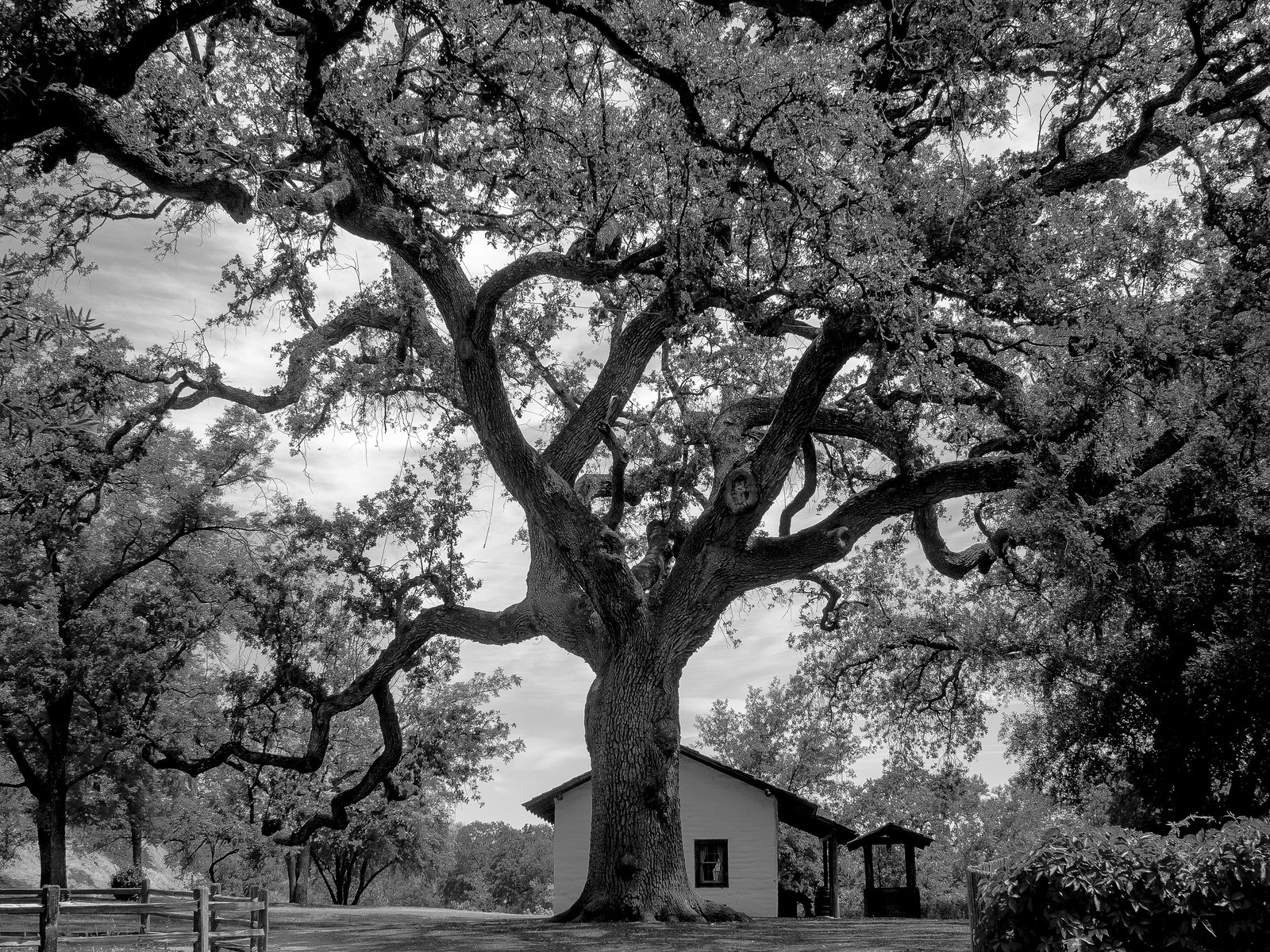
Red Bluff, California: photo by Jorge Guadalupe Lizárraga, June 2014

Red Bluff, California: photo by Jorge Guadalupe Lizárraga, June 2014

Red Bluff, California: photo by Jorge Guadalupe Lizárraga, June 2014

los árboles hablan !
ReplyDelete